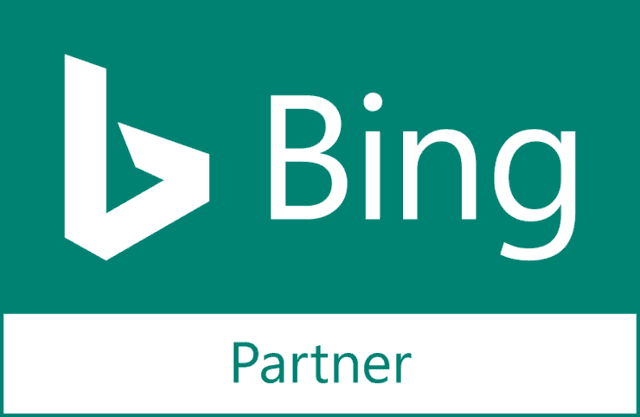
In September 2013, an announcement came out of Google’s 15th anniversary party that the search engine had, yet again, updated its algorithm during the previous month. It was such a dramatic update that more than 90% of queries would show noticeable changes. Named the “Hummingbird,” this update changed the way the algorithm interpreted search queries. SEOs and webmasters quickly had a meltdown as they tried to understand exactly how the new update may have hurt their websites and organic traffic. After scoring their data and coming up with nothing, many concluded that the update was not a penalty like its other furry little friends but a different creature altogether.
Understanding Google Hummingbird Update with Context
In hindsight, Google’s algorithm change corresponded with Google’s direction towards:
- secure search producing 100% ‘not-provided’ keywords;
- their focus on promoting websites that produced rich content,
- penalties like Panda and Penguin,
- The new knowledge graph and Google’s introduction of voice search within Chrome on the desktop.
All of these features and decisions are geared towards one thing: providing the searcher with the best results possible in a convenient and timely manner. These decisions were in no way made to supplicate the webmaster; instead, Google knew that these decisions would cause websites to conform or be forced to die out.
What is the Google Hummingbird Update?
Before there was a hummingbird, there was caffeine. Caffeine quickly crawled, or gathered more information than ever before (at the time) and spit it back out based on the direct correlation to a query and its keyword. A customer would search for a product, service, or answer, and the algorithm would spit out results based strictly on the keywords it recognized. The algorithm would then produce some satisfying websites that might answer your query while also sometimes producing near-related content that wouldn’t help you at all. The user would then need to sift through the given results, hoping to find an answer. In general, this worked very, very well. Google’s results, while not producing immediate information were remarkably accurate and pretty useful.
To understand Hummingbird, I like to use the following analogy that my colleague and SEO expert, Ryne Landers, offered. You first have to understand Google’s point of view in taking an already class leading, world-dominating product and addressing the challenge of trying to improve upon near-perfection in creating the next-generation of results. He points out that if you look at the Caffeine update as an iPhone 4, Google’s challenge is how to make the Hummingbird the iPhone 5s- largely the same design, but faster, more efficient, more user-responsive, in every way.
Hummingbird, named for how quickly and precisely it could sort through the index, is more capable of understanding a user’s intent by reading the whole query instead of just the keywords alone. Any ordinary searcher who wants to know how deep the ocean is does not type into the Google search bar ‘ocean deep.’ Instead, they pose it as a question- “How deep is the ocean.” Conversational search, and subsequently, Hummingbird, has been programmed to understand that entire query known to SEOs as long tail queries.
How Hummingbird changed SEO
When Hummingbird’s existence became known to the general public, webmasters and SEOs scrambled to understand how it would directly affect their traffic, and their plans moving forward. Any SEO who has taken action every time to combat Panda and Penguin penalties won’t have to jump through very many hoops to appease Hummingbird. As always, rich, unique and interesting content written for humans matters the most in Google’s eyes:
- Write content like a human would i.e. write like you are having a conversation.
- Begin thinking in the context of questions and answers in some of your content such as FAQs, or tailor your content to act as if you are answering a question.
- Expand content beyond basic service and product pages that target questions and concerns that searchers might have about your services, products or niche.
- Stop focusing on keywords and focus on long-tail queries.
- Hummingbird’s enhanced foundation to conversational search points to yet another reason why websites should begin tailoring their websites for mobile search and design.
Much like the Google penalties, there are ways to game the system, but that is almost never a good idea. If you have read this article and started to rub your hands together deviously, then I suggest you bury your website today and just be done with it; six months to a year down the line, Google will just be doing it for you anyways. Don’t go crazy and start writing 20 content pieces a month all with an FAQ outline. This update was just another shift for Google to act as a ‘knowledge-based search engine’ instead of an informational one, and we suggest that you tailor your approach accordingly.





